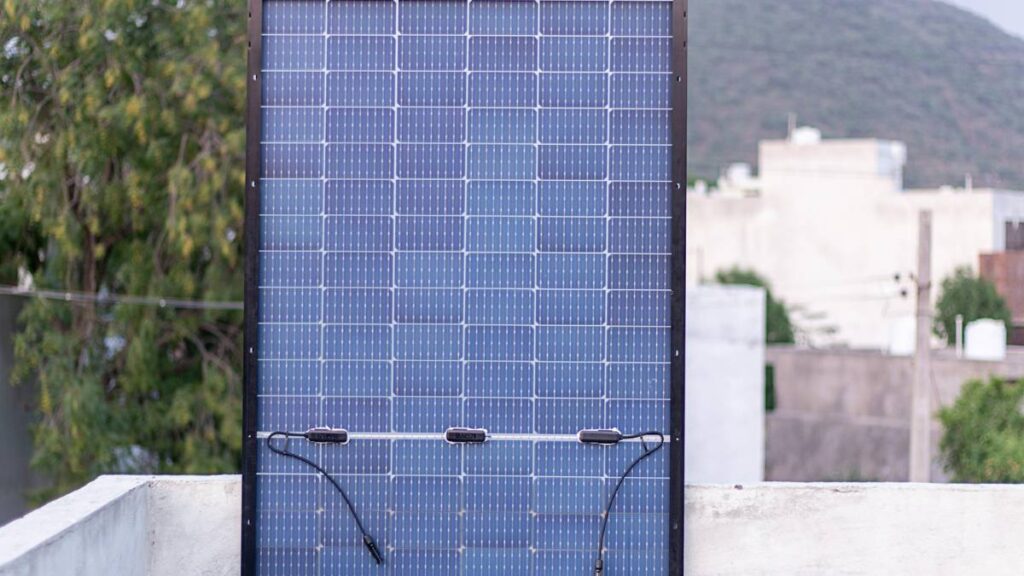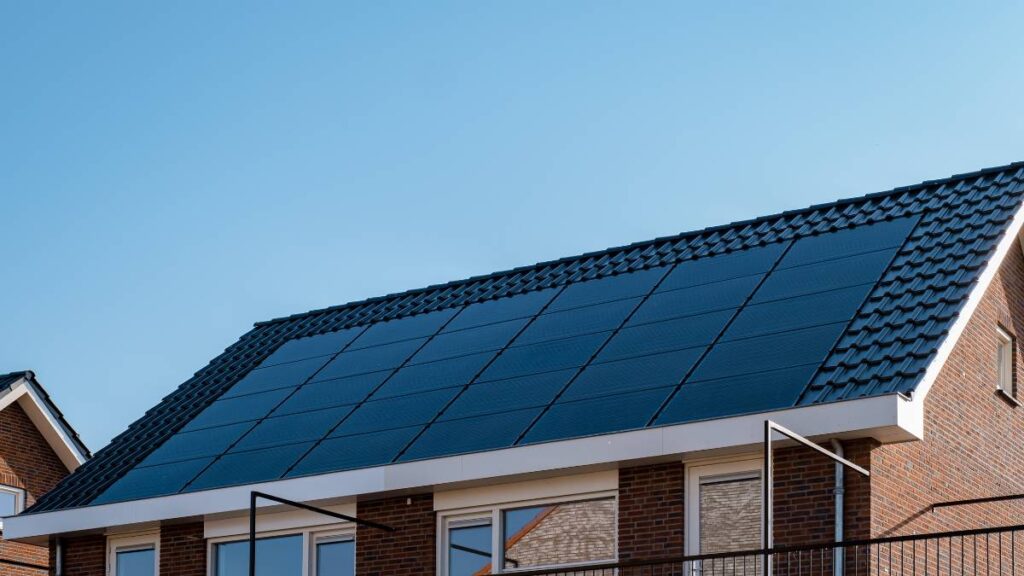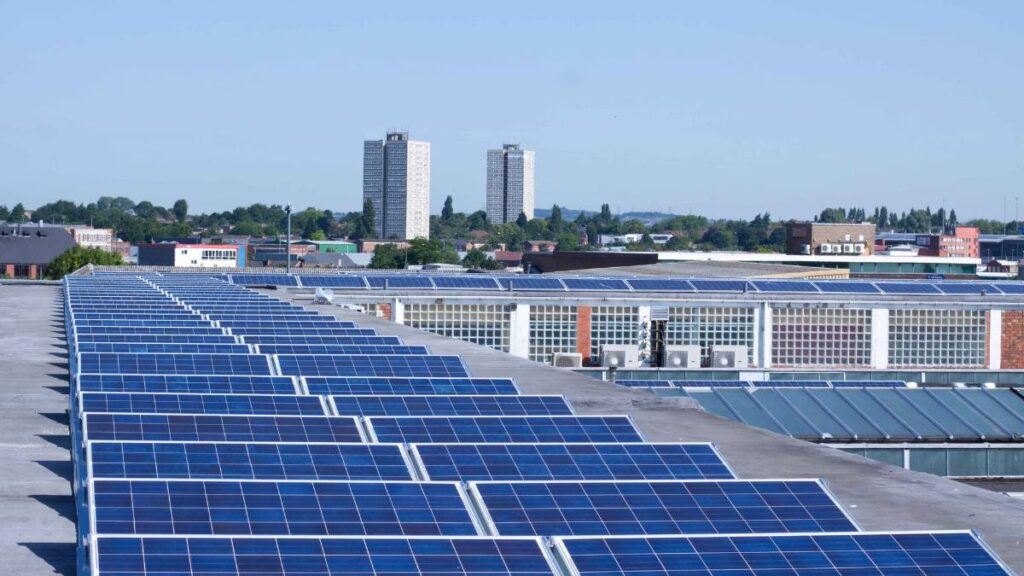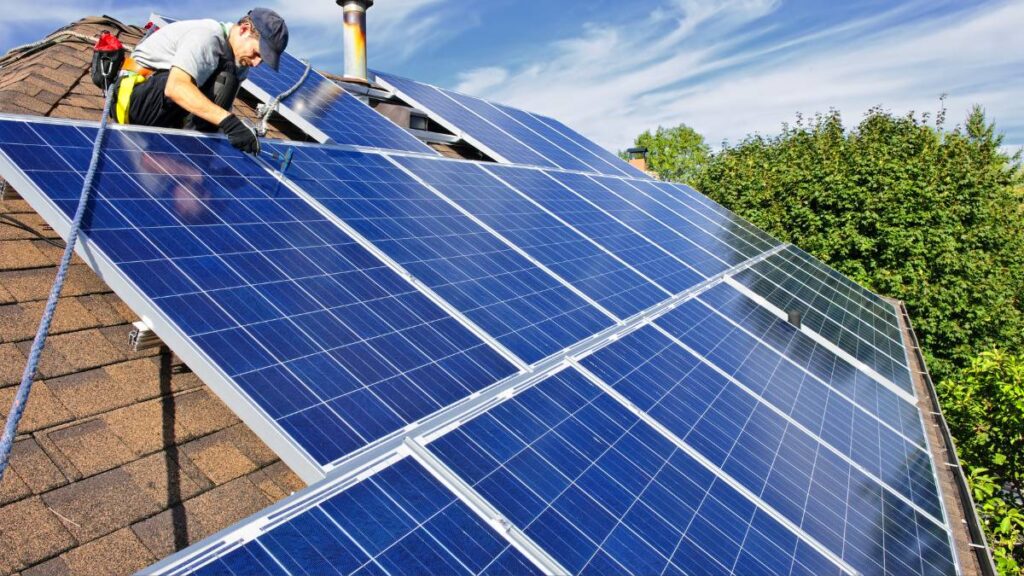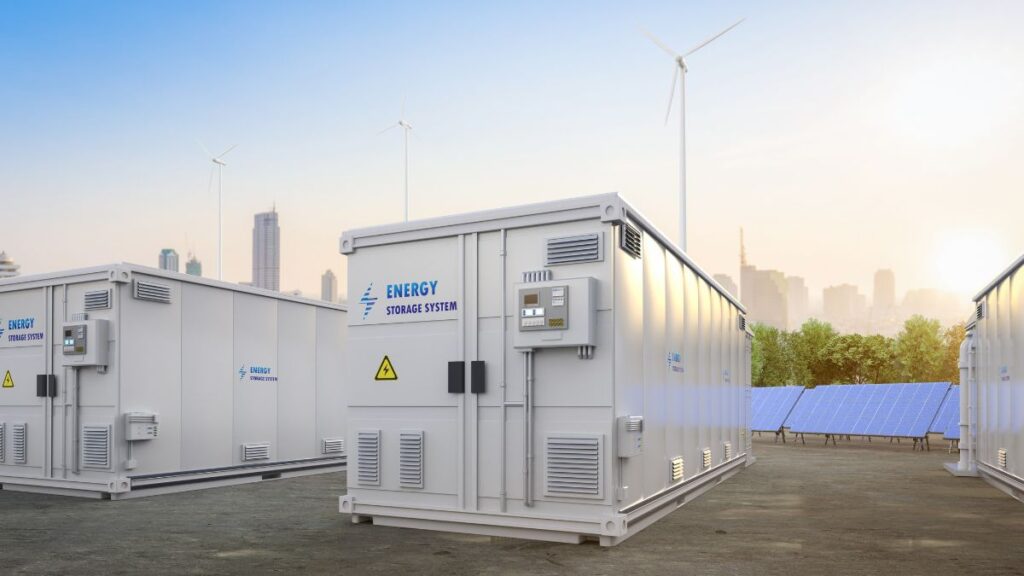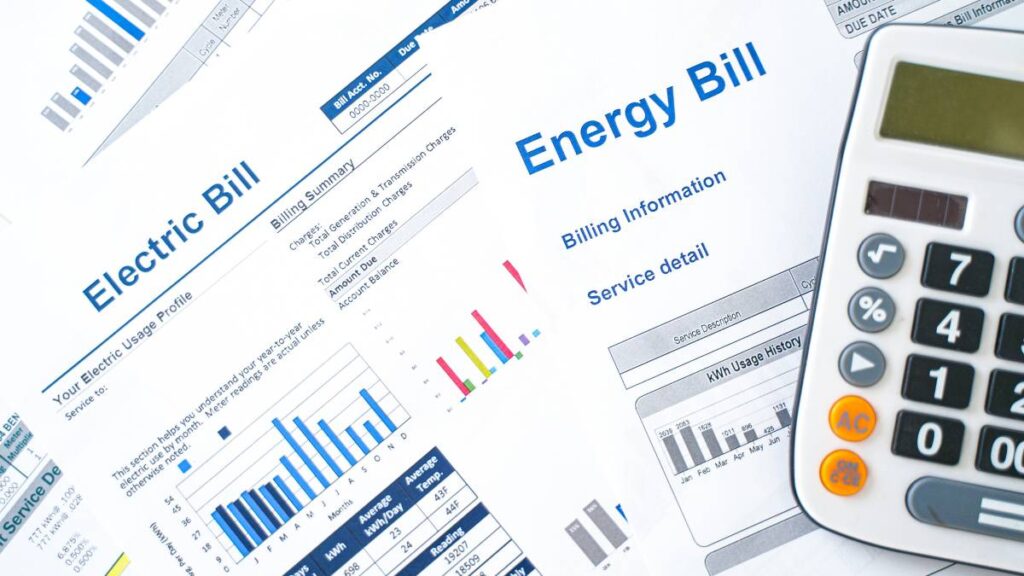Bifacial solar panels, a remarkable innovation in photovoltaic (PV) technology, are set to transform the solar energy landscape. Unlike traditional solar panels that capture sunlight on one surface, bifacial panels harness solar energy from both sides, significantly boosting their energy generation potential. This article explores the mechanics, benefits, and implications of bifacial solar panels in the renewable energy sector.
Understanding Bifacial Solar Panels
Bifacial solar panels are designed with solar cells on both the front and back sides, allowing them to absorb sunlight from multiple directions. This dual-faced feature enables them to capture direct sunlight from above and reflected light from the ground or surrounding surfaces, enhancing their efficiency and power output.
Key Features and Advantages
- Increased Energy Production: By utilizing both sides, bifacial panels can produce up to 30% more energy than their monofacial counterparts, depending on the reflective properties of the surrounding environment.
- Durability and Longevity: Often constructed with high-quality materials, bifacial panels are robust and resistant to environmental stressors, leading to longer operational lifespans.
- Versatile Installation: These panels are adaptable to various settings, from ground-mounted systems in large solar farms to integrated installations on building facades, maximizing space and aesthetic appeal.
- Reduced Levelized Cost of Electricity (LCOE): The enhanced energy output of bifacial panels can lower the LCOE, making solar projects more economically attractive.
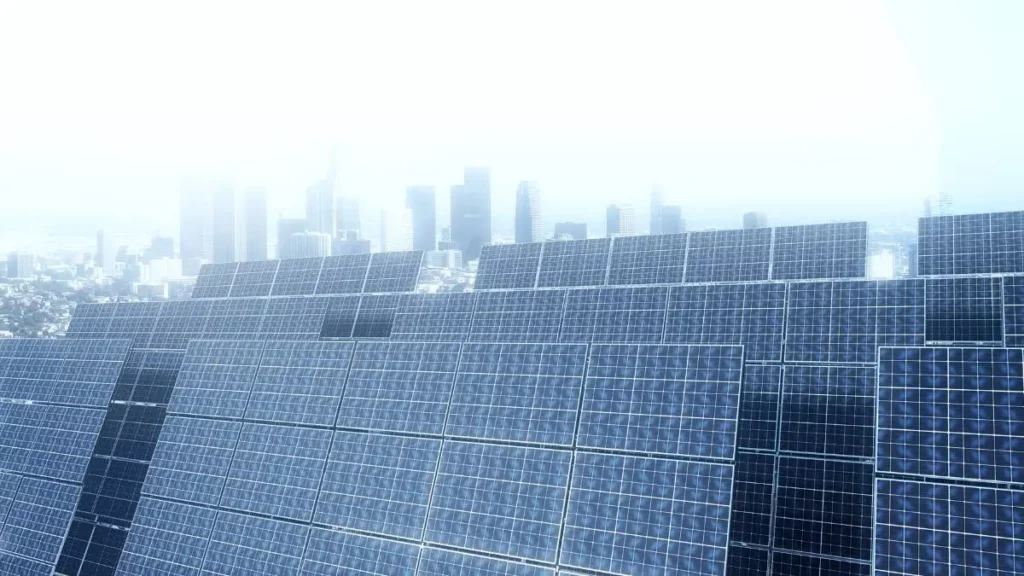
Applications for Bifacial Panels
Bifacial solar panels, with their ability to capture sunlight from both sides, offer unique advantages in various settings. Their application extends beyond traditional solar installations, providing efficient solutions in environments where maximizing energy production is essential. Here’s where bifacial panels can be most beneficial:
Ground-Mounted Solar Farms with Reflective Surfaces
- Bifacial panels are ideal for ground-mounted solar farms, especially those with highly reflective ground surfaces like white gravel or light-colored roofs. These surfaces enhance the albedo effect, increasing the amount of sunlight reflected onto the back side of the panels and thus boosting their overall energy production.
- The orientation and elevation of the panels can be optimized to capture maximum reflected light, making them significantly more productive than conventional monofacial panels in these environments.
Building-Integrated Photovoltaics (BIPV) Applications
- In urban and architectural applications, bifacial panels can be integrated into the structure of buildings, serving as both a power source and an element of design. When buildings are surrounded by reflective materials like glass or light-colored structures, bifacial panels can efficiently harness reflected sunlight.
- BIPV applications not only generate energy but also contribute to the building’s aesthetic and functional design, offering a sustainable solution that complements the urban landscape.
Areas Where Maximizing Energy Production is Crucial
- In regions where land is scarce but solar demand is high, bifacial panels provide an optimal solution by generating more power in the same area compared to traditional panels. This is crucial for urban environments, small residential areas, or densely populated regions where efficient use of space is a priority.
- For agricultural applications, bifacial panels can be mounted above crops in agrivoltaic systems, allowing for simultaneous land use for both agriculture and energy production. The panels provide shade for the crops while capturing sunlight from both sides, enhancing land productivity.
Technological and Market Trends
The market for bifacial solar panels is rapidly expanding, driven by technological advancements and decreasing costs. Innovations in cell design, transparent backsheet materials, and frameless modules are pushing the boundaries of bifacial technology, making it a competitive option in both utility-scale and distributed solar projects.
Challenges and Considerations
- Optimization of Installation: The performance of bifacial panels highly depends on installation factors such as tilt angle, height above the ground, and the albedo effect (ground reflectivity). Optimizing these parameters is crucial to maximize energy gain.
- Cost and Economic Analysis: While the initial costs of bifacial panels can be higher than traditional panels, their long-term benefits in terms of increased energy production need to be carefully evaluated in investment decisions.
- Integration into Existing Systems: Retrofitting bifacial panels into existing solar infrastructure requires careful consideration of compatibility and potential modifications to mounting and tracking systems.
The Future of Bifacial Solar Panels
The trajectory of bifacial solar panels is marked by rapid technological advancements and a strong potential for integration into diverse energy systems. Key areas of development include:
- Development of More Light-Reflective Backsheet Materials: Innovations in back sheet materials are crucial for enhancing the performance of bifacial panels. Researchers and manufacturers are focusing on creating surfaces that can reflect more sunlight, thereby increasing the amount of light captured by the rear side of the panels. Materials that combine high reflectivity with durability and weather resistance are in development, aiming to maximize the efficiency of bifacial systems.
- Optimizing Bifacial Panel Designs for Various Applications: Tailoring bifacial panel designs to suit different environments and applications is a significant focus of ongoing research. For instance, panels installed in snowy regions can benefit from back sheets that enhance the albedo effect, capturing reflected light from the snow. Similarly, for urban installations, panels might be optimized for vertical mounting on building facades, balancing aesthetic considerations with energy production efficiency.
- Cost Reduction through Manufacturing Improvements: As the demand for bifacial solar panels grows, so does the incentive to reduce manufacturing costs. Economies of scale, process optimization, and automation in production lines are being explored to make bifacial technology more affordable. By reducing the cost differential between bifacial and monofacial panels, manufacturers aim to make bifacial technology a default choice for new solar installations.
The future of bifacial solar panels is not just about incremental improvements but rather a comprehensive enhancement of their functionality and economic viability. As these panels become more efficient and cost-effective, they are set to play an increasingly prominent role in the global renewable energy portfolio, aligning with broader goals of sustainability and environmental preservation.
Conclusion
Bifacial solar panels are at the forefront of solar technology innovation, offering a glimpse into a more efficient and sustainable solar energy future. As the industry evolves, these panels are poised to play a crucial role in the global transition to renewable energy, highlighting the ongoing quest for more effective and environmentally friendly power solutions.

